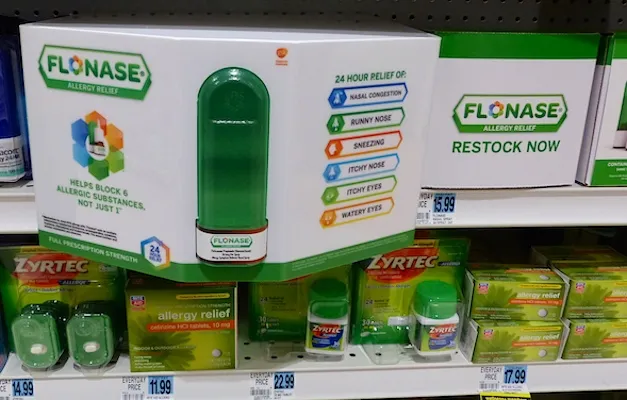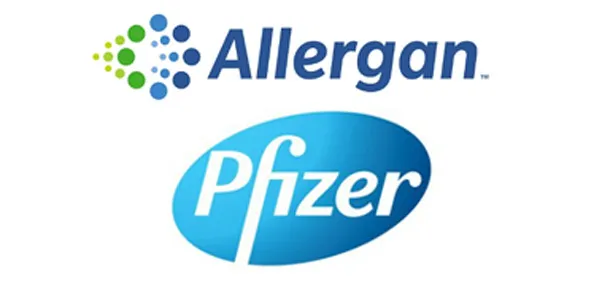PARSIPPANY, N.J. — Growth of the U.S. over-the-counter medications market has been primarily driven by prescription-to-OTC switches And that expansion is likely to continue.
Due to an increasingly favorable regulatory environment, Kline & Co., a consulting and research firm, forecasts robust prescription-to-OTC switch activity over the next five years with several new OTC categories emerging along with many new brands entering the market in existing categories.
If all switches occur over the next five years (even those with low to moderate likelihood), the market is forecast to increase at a compound annual growth rate (CAGR) of 5% by 2019, according to the recently published report covering prescription-to-OTC switch pipelines in the United States.
Source: Kline & Co.
By contrast, if the only switches that come to market are those that are predicted to have moderate to high likelihood of approval and launch, the overall OTC market will expand by a CAGR of 3.6% over the next five years.
“Regardless of the number of switches, these new products will expand consumer access to important medications and make them take a more proactive approach to managing their health. They will also serve to drive revenues for industry marketers and retailers,” says Laura Mahecha, industry manager of Healthcare Practice at Kline.
Despite the switch uptake, market growth is relatively flat, up by 1.4% in 2014 as sales in several product categories, such as weight loss medications or home diagnostic test kits, declined steeply. However, this was offset by such product classes as upper respiratory, digestives, topical products and feminine products registering higher-than-market-average increases, finds the imminent Nonprescription Drugs USA report by Kline.
“In the last year or two, there have been two first-in-class switches in categories that five years ago would have been thought of as challenging,” notes Mahecha. “These are Oxytrol for Women (Merck) in September 2013 for the OTC treatment of overactive bladder and Nasacort 24HR (Sanofi) intranasal steroid for the treatment of allergies in 2014. The FDA Advisory Committee seemed more streamlined in each case, focusing on consumer studies and using prescription usage data on safety and efficacy as sufficient evidence,” adds Mahecha.
Two more intranasal steroid switches have been approved since: Flonase Allergy Relief (GlaxoSmithKline) in July 2014 and Rhinocort Allergy Spray (Johnson & Johnson) in March 2015.









